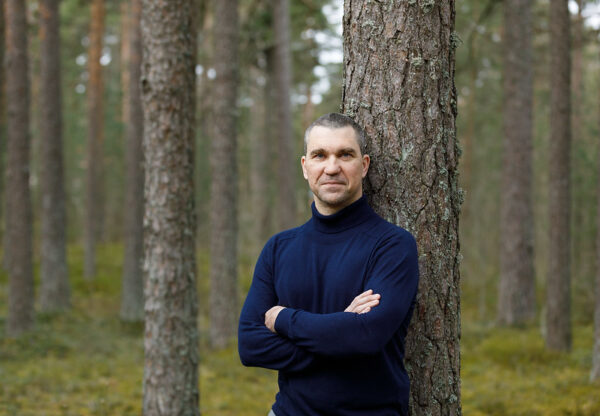But there is another, less spoken term that is equally important in the conversation about environmental responsibility: the carbon handprint.
Thinking Beyond Carbon Footprints
A carbon handprint refers to the positive environmental impact a company, product, or individual can make by reducing emissions beyond their own carbon footprint. Specifically, proactivity to not just lessen our own environmental impact, but to actively improve the environment. While a carbon footprint is about damage limitation, the carbon handprint is about making a positive difference.
Emphasizing the carbon handprint means shifting from a mitigation mindset to a solutions-oriented approach. It reflects the potential to create real, tangible change by implementing measures that improve the environmental health and resilience. Therefore, a carbon handprint serves as an essential metric for environmental stewardship, reflecting the commitment to creating a sustainable and resilient future. By giving emphasis to our carbon handprints, we can be active participants in the global effort to counteract climate change and foster a healthy relationship with our environment.
AI-driven Forest Analytics Make Significant Impact in Forest and Carbon Sectors
At CollectiveCrunch, our commitment to sustainability is deeply integrated into our business model, driving our use of advanced machine learning in forest and carbon management to help reduce emissions and enhance forest health with better analytics.
Our efforts to reduce carbon emissions are already making a tangible impact. Our handprint covers several key areas of our solutions, from forest ecosystem management and forest inventories to harvesting, transport, and the lifecycle of wood products. Our solutions positively contribute to the scale of megatons of carbon dioxide equivalent annually. By leveraging our technological capabilities, we help to optimize utilization of natural resources and bolster ecological benefits by providing the best available intelligence.
Key to our carbon handprint is our ability to leverage high-quality data and provide precise analytics, allowing forests to be managed more effectively with more efficient carbon absorption. With optimized logistics and resource allocation, we’re able to diminish the need for extensive timber storage and ensure that each piece of timber is in optimal use. This allocation is particularly impactful when it comes to long-lasting wood products, which continue to store carbon for extended periods, therefore maximizing their contribution to positive climate impact,
The increased growth of forests managed with our solution is a significant contributor to our positive climate impact, but its benefits extend past carbon sequestration. Increased forest growth allows us to get more from less. This means that while we meet the demand for timber from efficiently managed areas, we can designate more spaces specifically for biodiversity protection, ensuring a balanced co-existence between commercial use and preservation of natural habitats.
Looking ahead, we are set to greatly amplify our carbon handprint even further. Through continuous innovation, we aim to exponentially increase the positive impact through our solutions. Our impact forecasts show significant increase for reducing emissions by tens of megatons in all areas of our solutions, not just maintaining but enhancing the health of forest ecosystems and contributing even more effectively to robust and transparent carbon markets.
Our focus on our carbon handprint reflects our belief in the power of proactive, positive action. Contributions to climate action are not just about reducing the carbon footprints, but about active involvement towards a healthier, more resilient environment. We are excited of the positive climate impact we are making and the potential for even greater positive impact in the future.




